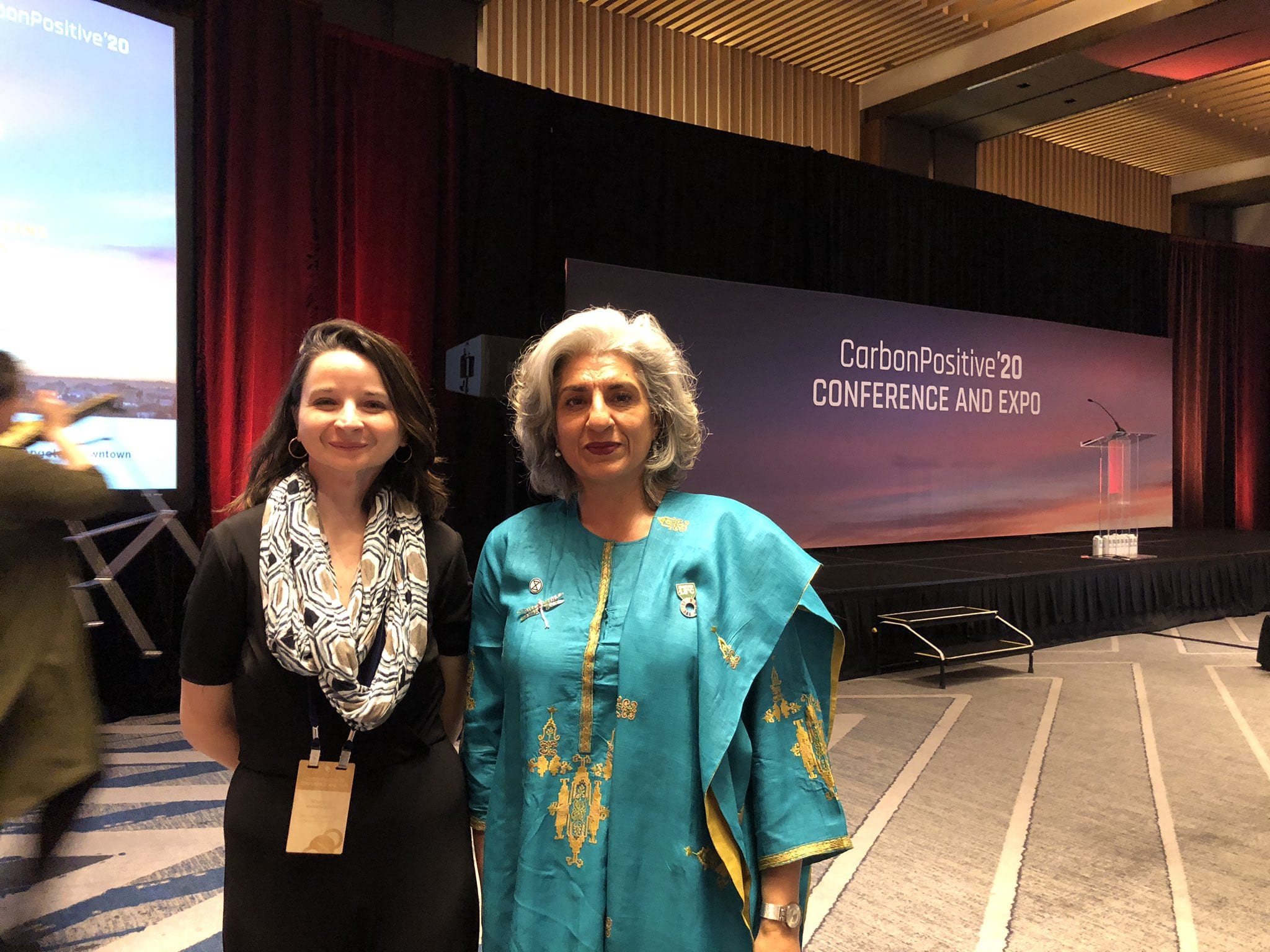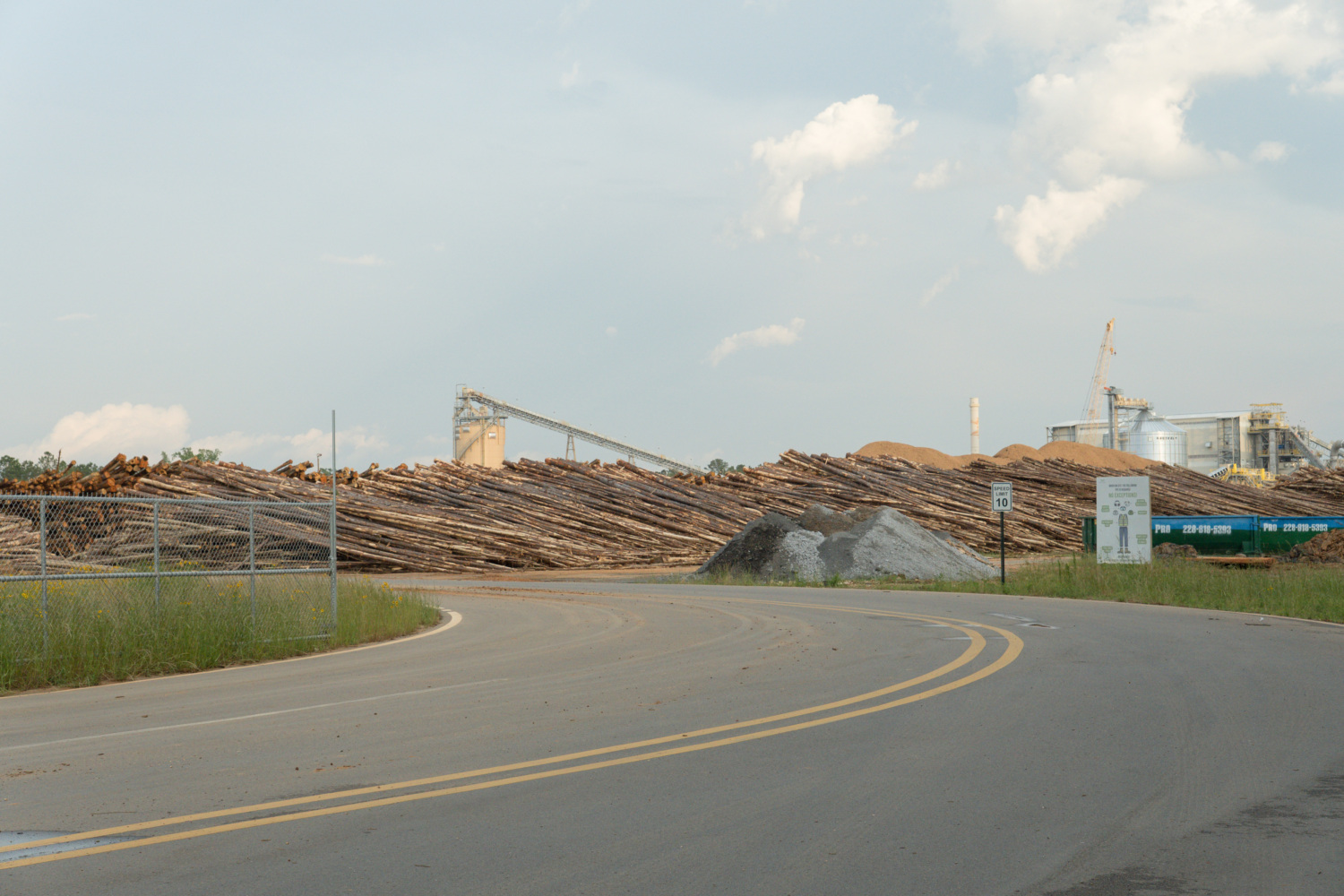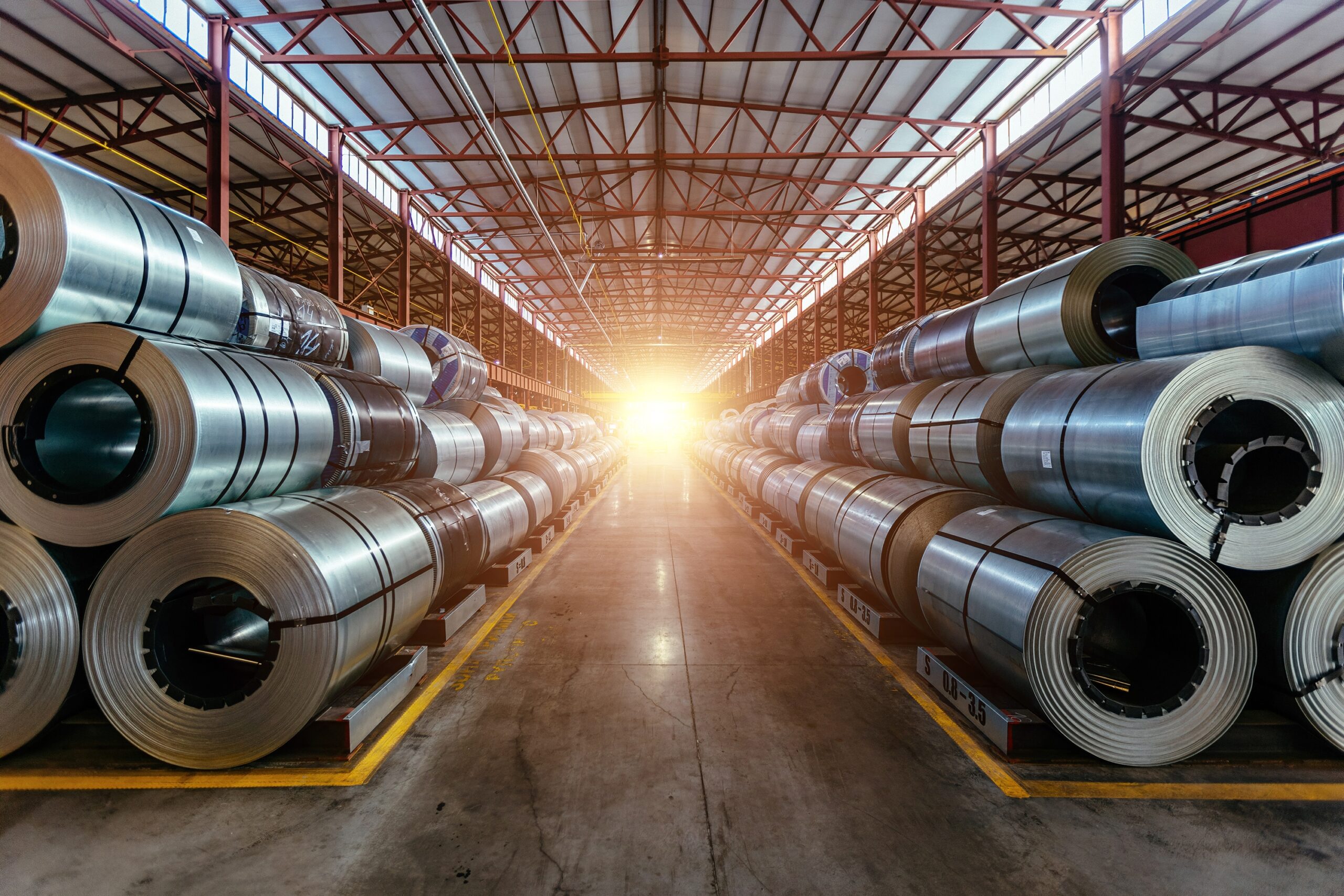
Architects, Engineers, Builders, and Activists Declare 2030 Must Become the New 2050 in the Climate Emergency
Steel and concrete industries targeted by their top customers in design and construction for dramatic GHG emissions reductions in next ten years.
LOS ANGELES, CALIFORNIA — This week, the top 20 percent of the global design industry – representing approximately 500 organizations – gathered at the Carbon Positive 20 Conference in Los Angeles. Their challenge was to form corporate commitments and design pathways for reducing the “embodied” or upfront emissions from building materials like steel and concrete. Steel and concrete represent approximately 15 percent of all global emissions and are the most ubiquitous building materials in the world, with construction accounting for about half of all steel demand and all of concrete demand.
Attending the conference were not just top design leaders but also representatives from top construction, steel, and concrete companies (Skanska, Turner Construction, CEMEX) who were listening closely to what their customers were demanding of them: low and zero carbon construction materials. These commodities are needed right now to address the climate emergency, and industry’s demand for these products will grow exponentially in the next few years.
During her panel presentation titled “Better Steel, Better Concrete,” Mighty Earth Campaign Director Margaret Hansbrough was joined by global concrete expert Bruce King and leading embodied carbon pioneer and Dirk Kestner. In her presentation, she challenged the steel industry and its largest customers in the global design and construction industries to set emissions reductions targets aligned with the 65 percent by 2030 target Architecture 2030 has stated is essential if the world is going to stay within the 1.5 degree planetary warming threshold. But she also challenged these heavy polluting industries like steel, concrete, and construction to shift their entire business strategy, saying “This is not just about reducing the carbon from any single project, but about planning for how you as a company will decarbonize your entire business strategy starting today.”
Hansbrough and many other speakers also called for both product level and production facility level Environmental Product Disclosures (EPDs) to be issued by major steel and concrete companies this year in order for design professionals to have the carbon transparency they need to dramatically reduce embodied carbon for all new projects.
Highlights of the historic event included:
- Architecture 2030’s CEO Ed Mazria challenged companies to commit to net zero emissions by 2040 for all materials in the built environment, including an immediate 50 percent reduction in embodied carbon and 65 percent reduction by 2030 for all construction materials
- Mazria went even further, asking leading companies to commit to what he describes as the “High Ambition” targets of 100 percent net zero carbon from building materials by 2030 – and to make that commitment public this year. These targets are calculated to ensure a 67 percent likelihood that the planet can stay within 1.5 degree Celsius planetary warming threshold
- Mazria also underscored the urgent time value of carbon with a data visualization illustrating how, in the next 10 years, 72 percent of the carbon that the built environment will emit will be from embodied, not operational, carbon.
- Also announced during the conference was the formation of SE 2050, an alliance of structural engineers working together to align around the Architecture 2030 net zero emissions framework for both embodied and operational carbon.
- The American Institute for Architects (AIA) and the leadership of the Large Firm Round Table rolled out a comprehensive framework called Countdown On Carbon for embodied carbon commitments and actions that they will be asking all AIA members to sign on to this year, the most aggressive and comprehensive demand signal to date for low carbon steel and concrete.
- The event ended with an invigorating and motivating speech from Farhana Yamin, a longtime influential climate lawyer and prominent Extinction Rebellion activist who challenged the crowd to “make 2030 the new 2050” and dramatically raise their ambition and action for what was achievable. She challenged the audience to declare a climate emergency, just as architects in the UK have already done, in order to mobilize the collective action needed to dramatically reduce emissions from their industries and from the materials they use.
The Carbon Positive 20 Conference was organized by Architecture 2030 and Architect Magazine and was the largest industry event to date focused entirely on embodied carbon from construction materials like steel and concrete.
For the last 18 months, Mighty Earth has been campaigning and activating the global steel and construction industries to take bold climate action, demanding that the steel industry set a new standard for low and zero carbon steelmaking and commit to carbon neutrality. For more campaign statements and reports, visit www.mightyearth.org/steel


